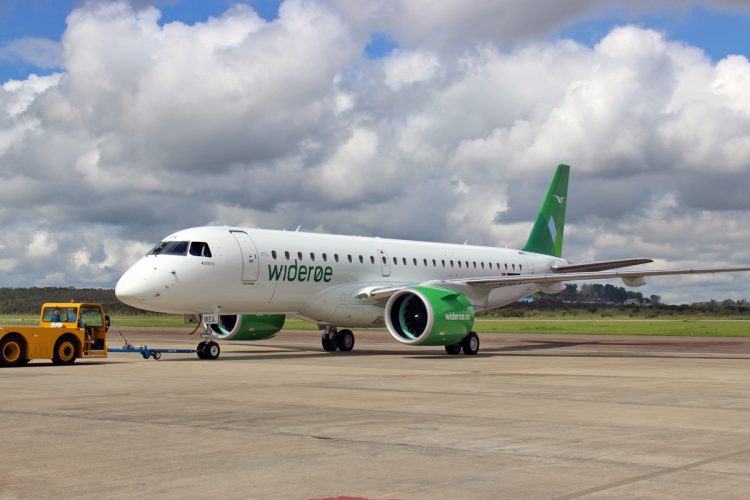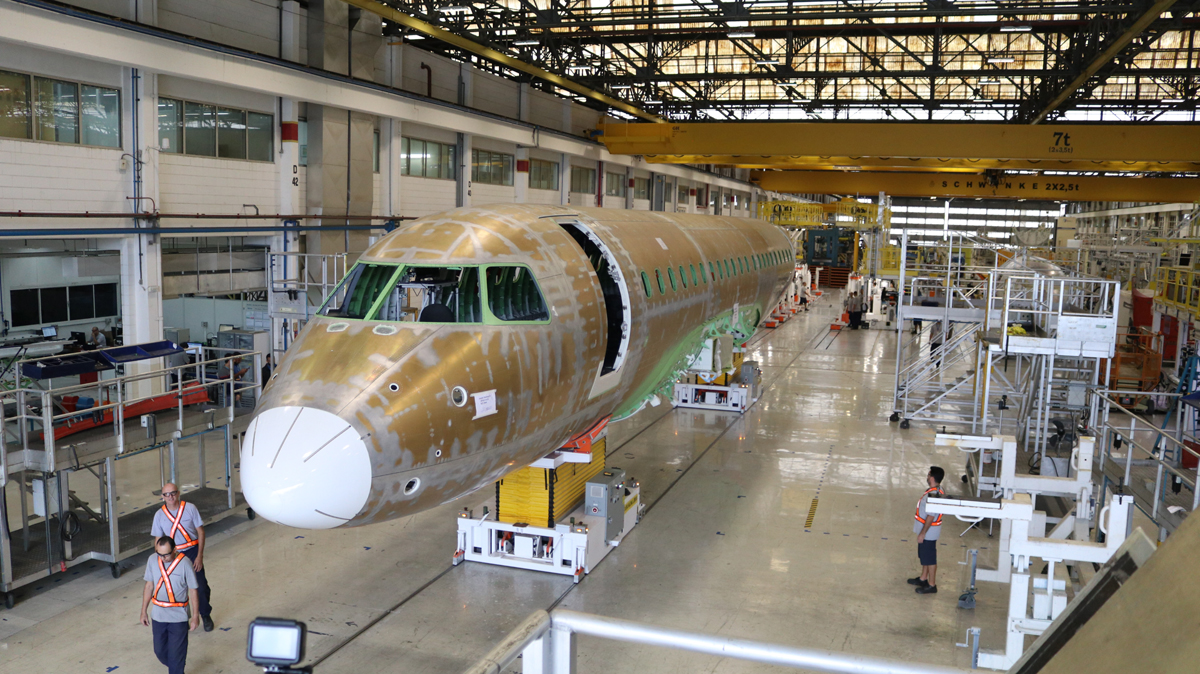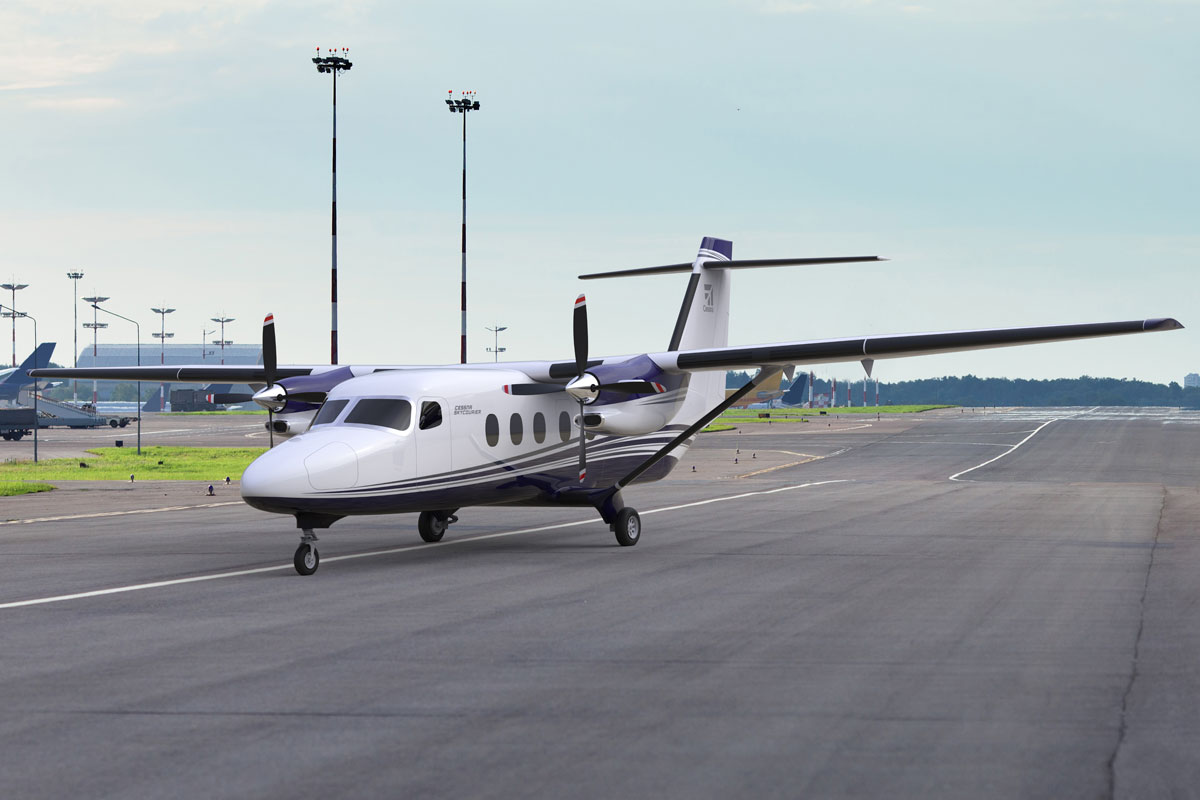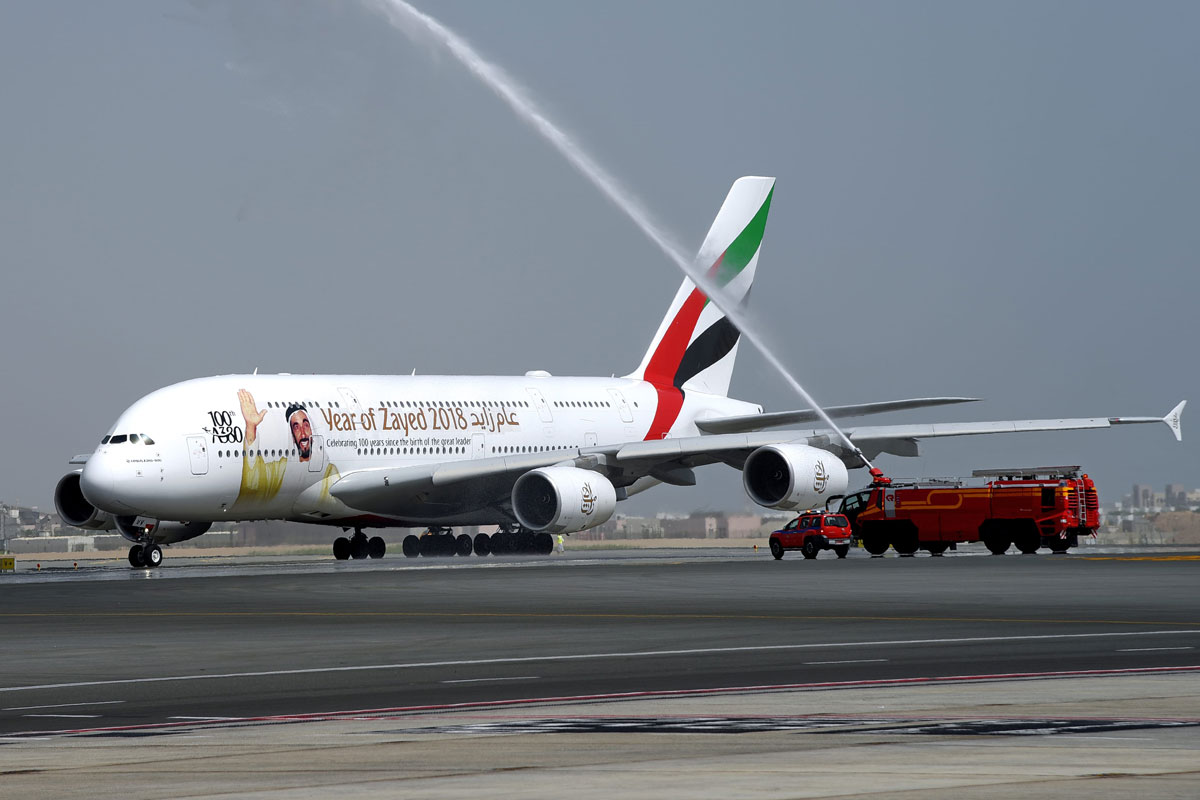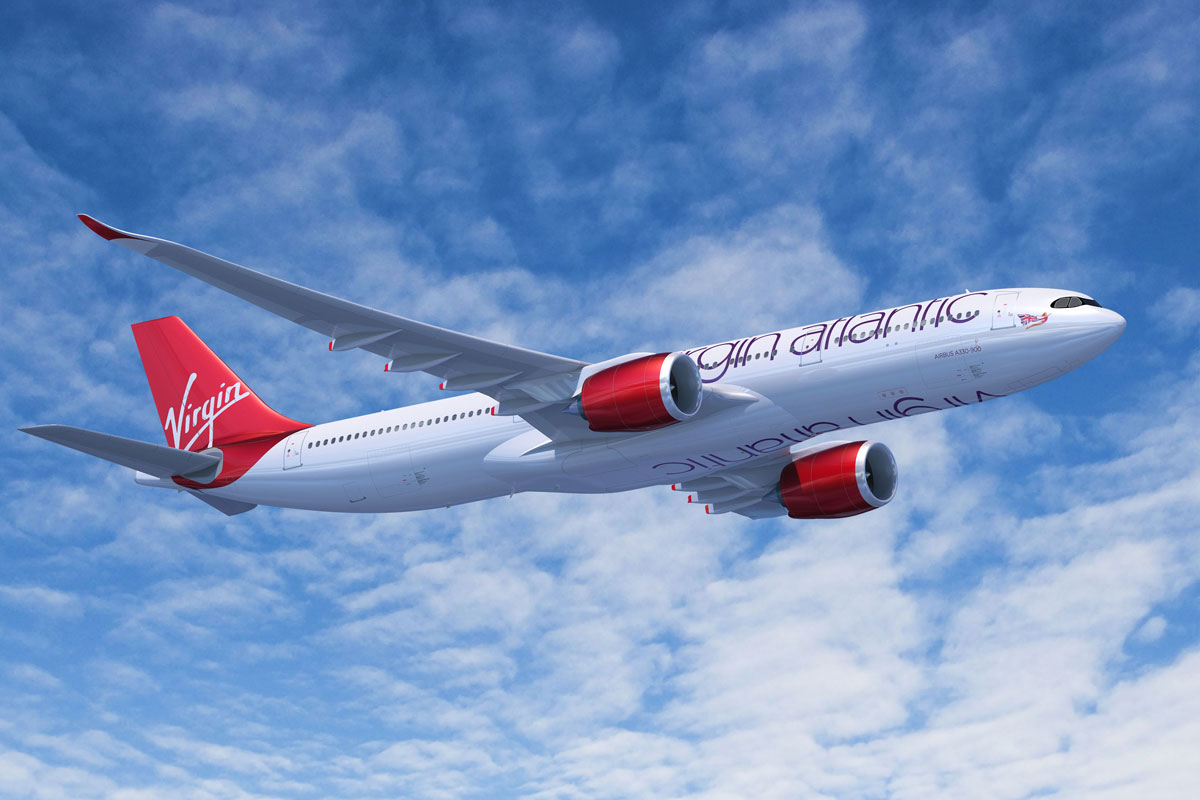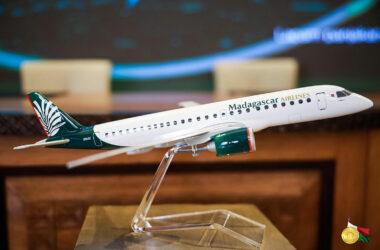The first prototype of the E175-E2 achieved an important stage of production in May at the Embraer factory in Brazil with the completion of the joining of sections of the fuselage. The first flight of the smallest member of the E2 family is scheduled for the end of this year. The manufacturer will build three prototypes for the testing campaign, one for static ground tests and two for flights. The aircraft is expected to enter into service in 2021.
Even with the up-to-date schedule, the E175-E2 has a huge problem: only one customer has shown interest in the jet, the American regional SkyWest Airlines that has an order for 100 airplanes plus 100 options. Since it can not operate the new airplane, the order of the airline is in suspense.
The US pilot syndicate agreements with the three major airlines contain a clause that prevents regional airlines from operating aircraft weighing over 86,000 pounds (39,000 kg). The first generation E175 complies with this limit, unlike the new E175-E2 that exceeds that weight by more than 12,000 pounds (almost 6,000 kg).
Embraer has been designing the new regional jet in the hope that the so-called “Scope Clause” will be changed in this year and next year’s contract negotiations by American Airlines, Delta, United and Alaska airline unions. These companies operate the first generation of the E175 through outsourced companies such as SkyWest and Republic Airlines, now the largest customers of the Brazilian manufacturer’s aircraft.
SkyWest, which operates services for Delta and Alaska, has said it is committed to acquiring the E175-E2, but is prepared to change its request to the older, lighter version if there are no changes to the agreement. American companies are the main customers of the E175, now Embraer’s best-selling aircraft, with more than 400 units in service.
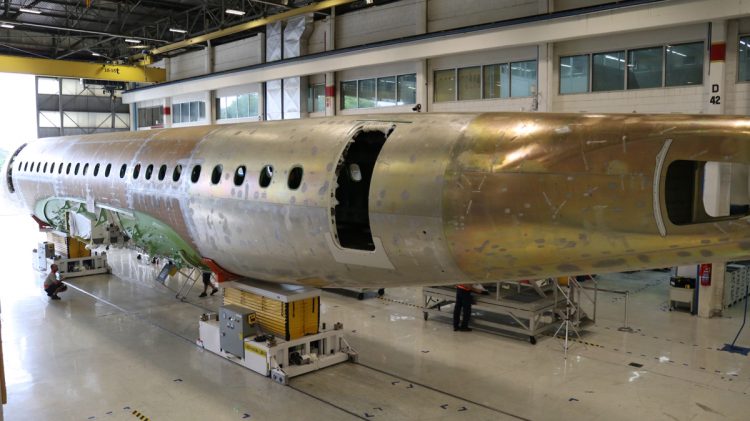
Despite the risk of not filing the new US jet, Embraer Commercial Aviation CEO John Slattery told the press this week he sees opportunities for the E175-E2 outside the US market.
The CEO of Embraer’s commercial division said there is demand for the smallest model in the new series around the world, especially in Asia. Slattery also added that sales of the E2 family jets will be split equally between the E175, E190 and E195. Depending on the configuration, the new Embraer aircraft have the capacity to carry between 76 and 146 passengers.
The E175-E2 is almost one meter longer than the first-generation model (32.4 m versus 31.6), allowing you to add another row of seats in the cab. The capacity of the new aircraft varies from 80 to 90 passengers, while the E175 has 76 to 88 occupants. Other novelty in the jet are the most efficient engines, unique design wing and 100% computerized control systems (full fly-by-wire).
Deliveries of the E2 family
By the first quarter of this year, Embraer has delivered only six E2 jets (all E190-E2 models, including only two aircraft this year, which is significantly lower than other new aircraft programs such as Airbus and Boeing jets.
Rodrigo de Souza, Embraer’s vice president of marketing, told reporters this week that the slower delivery rate was planned to avoid production problems. The manufacturer currently works with a “hybrid line”, producing both first- and second-generation E-Jets models at the same time. The executive also pointed out that the E2 jets will account for about 20% of the commercial division’s production this year.
Commenting on the low E2 deliveries rate, Embraer Aviation CEO Aviation said the increased production of the new jets will be like a “hockey shot” next year when deliveries of the redesigned aircraft finally must exceed the volume of the models of the first generation.
